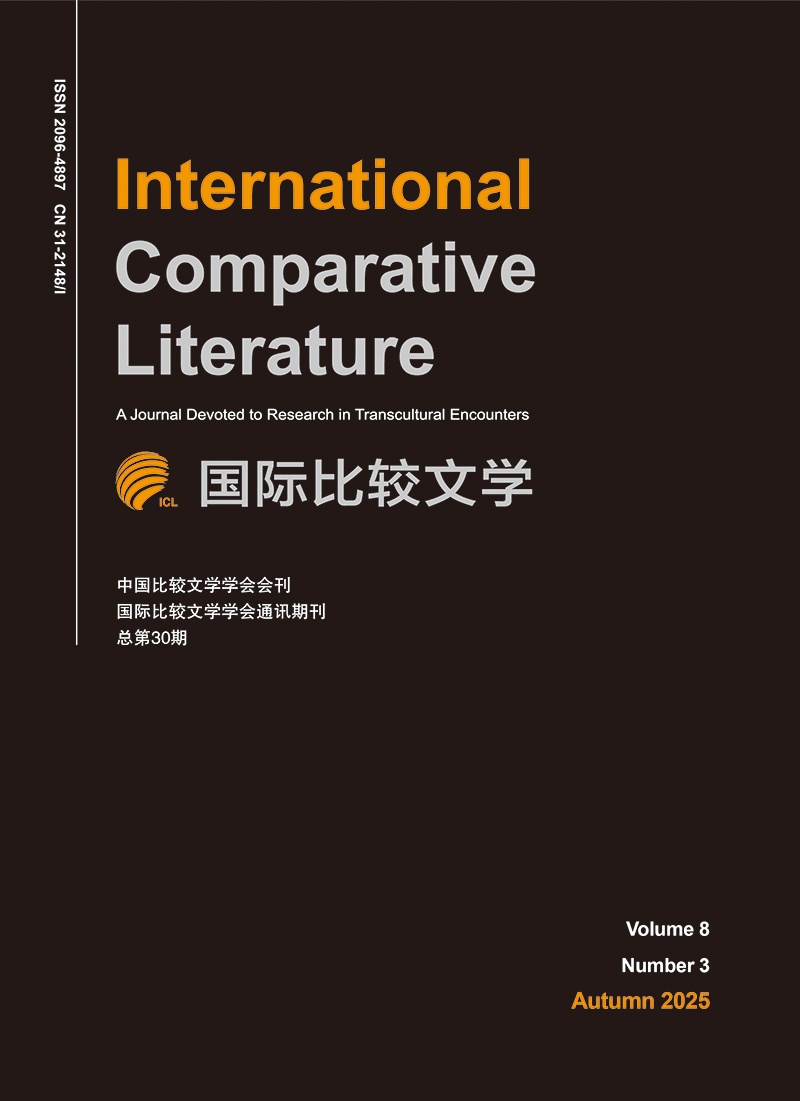摘要:
本文运用文学伦理学批评对大宋汴京的都市文化性格进行研究,发现开封城的都市文化性格,决定于开封城里的居民伦理身份。从中唐开始,朝廷一直在开封城驻军。历代驻军,杂有鲜卑人、沙陀人、粟特人、突厥人等及其后裔。北宋在开封的驻京军队数量庞大,数十万之多;朝廷财赋十之七八用来养兵,因此他们经济上颇为丰裕。军队本来就是纯消费群体,他们促进了开封城消费服务业的繁荣。这些驻军上至将帅下至普通士兵,大多经商或从事服务劳动,从而驻军促进了开封商业消费经济的发展。自从北魏孝文帝迁都洛阳,鲜卑人尤其是鲜卑贵族南下,中原地区就多有鲜卑人及其后裔。唐末五代,群雄争霸,霸主诸如李克用、李存勖、石敬瑭、刘知远、刘崇等皆为沙陀人。沙陀人包括粟特人、突厥人、回纥人等多民族成分。汴京城里生活着祆教、摩尼教、犹太教等教徒。汴京城里还生活着汉族人、粟特人、沙陀人、突厥人、回纥人、契丹人、女真人、高丽人、阿拉伯人、党项人、越南人、柬埔寨人等,他们多民族多种族多宗教的文化接触、互渗和融合,共同塑成了天水一朝帝都的世界性文化性格。而其中长于经商的粟特人及其后裔的商业贸易活动、生活趋尚与习俗传统,构成了汴京典型的市井商贸文化底色。
关键词:
-
开封 /
-
沙陀人 /
-
粟特人 /
-
商业城市 /
-
国际大都市
Abstract:
This paper adopts ethical literary criticism to examine the urban cultural character of Bianjing, namely, the City of Kaifeng in the Northern Song Dynasty, and finds that the urban cultural character of the city depends on the ethical identity of its residents. Government armed forces had been garrisoned in Kaifeng since mid-Tang. The garrison in the past dynasties included Xianbei, Shatuo, Sogdian, Turkic people and their descendants. The Northern Song Dynasty had hundreds of thousands of troops stationed in its capital Kaifeng. A majority of the imperial court's revenue had been used to raise soldiers, so they enjoyed considerable financial prosperity. Armies are pure consumers, and their spending helped in fueling a boom in consumer and service economy in Kaifeng. These garrisoned troops, ranging from generals to ordinary soldiers, were mostly engaged in business transaction or service labor, thus promoting the development of Kaifeng's commercial economy. Since Emperor Xiaowen of Northern Wei moved the capital city to Luoyang, the Xianbei ethnic group, especially the nobles, migrated south, and there were many Xianbei people and their descendants making a living in the Central Plains. When it came to the late Tang Dynasty and the Five Dynasties, warlords during this period such as Li Keyong, Li Cunxu, Shi Jingtang, Liu Zhiyuan, Liu Chong all belonged to the Shatuo race. The royal family of the Song Dynasty has been suspected to be the Shatuo people as well. The Shatuo tribe comprised Sogdians, Turks, Uyghurs and other ethnic groups. Followers of Zoroastrianism, Manichaeism and Judaism etc. also lived in the Bianjing City. There were also Han people, Sogdians, Turks, Uyghurs, Khitans, Jurchens, Koreans, Arabs, Tanguts, Vietnameses, Cambodians, etc. in the capital. Their cultural contact, fusion and integration between various ethnic groups and races shaped the cosmopolitan cultural character of Kaifeng. The commercial activities and traditional customs of Sogdian and their descendants who were gifted businessmen constituted the typical commercial background of Kaifeng City.

 点击查看大图
点击查看大图



 下载:
下载:

